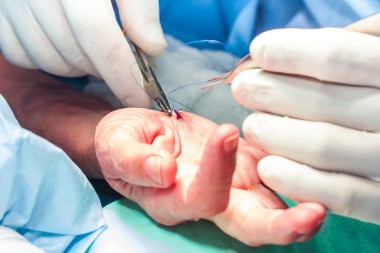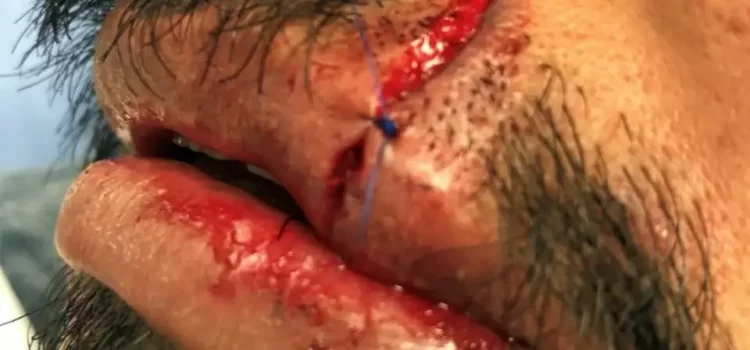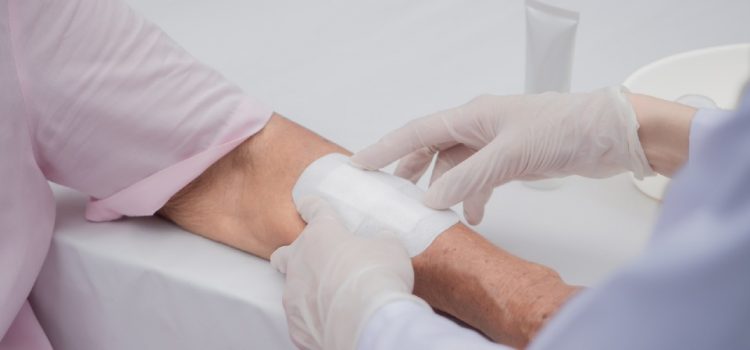The percentage of urgent care visits involving a laceration procedure increased slightly from 0.75% in 2023 to 0.76% year-to-date in 2024, which is on-par with 2018 levels, according to Experity EMR analysis of more than 93.8 million urgent care visits, as of October 6, 2024. Over the past 15 years, the percentage of patients presenting with a laceration has gradually declined, attributed to a number of factors—chief among them being “case rate” reimbursement. Case rate …
Read More





